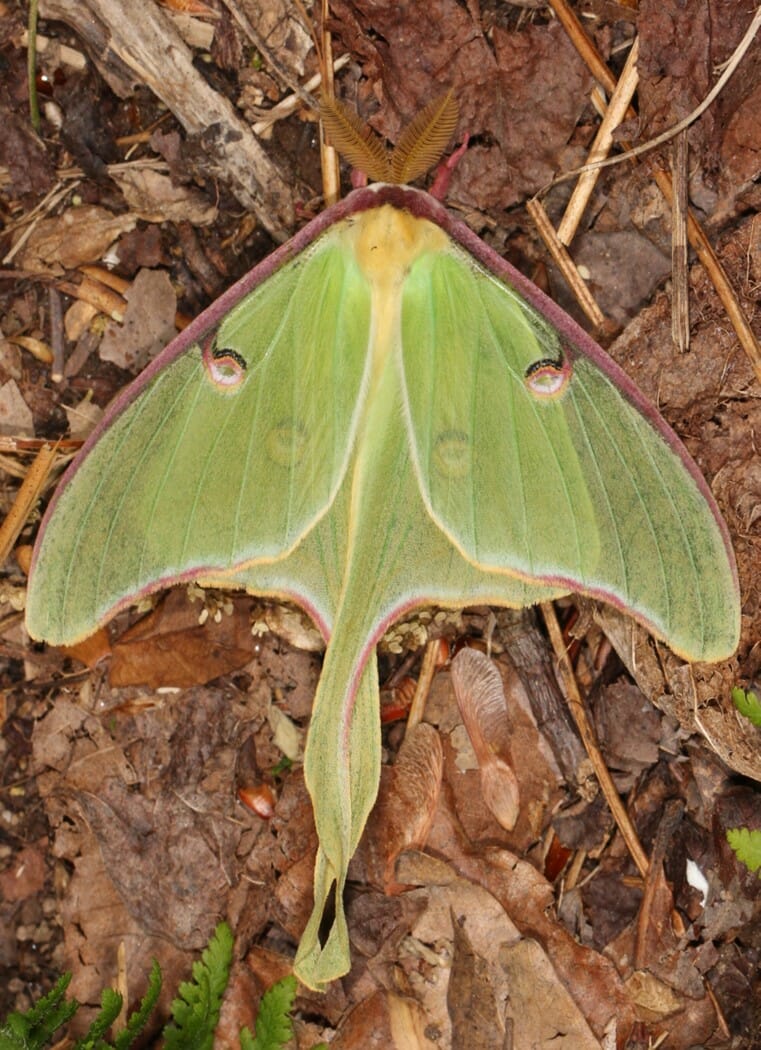News
Research After Dark: Preserved Properties Come Alive at Night
July 22, 2020Anyone who has ever closed the door quickly behind them at night knows just how many insects are attracted to a bright porch light, but not everyone sets out into the woods to try to attract and learn more about these nighttime insects. Dave Webb, a local self-described “Moth-er,” has been documenting Harford County’s nocturnal insects for the past six years. Webb first started tracking and observing birds 25 years ago and became acquainted with the idea of mothing when he discovered the Maryland Biodiversity Project.
Launched in 2011, the Maryland Biodiversity Project brings together community members interested in cataloging all living things of Maryland. “We already knew a lot of information about birds and butterflies, but there was very little information about nighttime animals and insects,” Webb said, “So there was an opportunity at the citizen science level,” to identify as many insects in Harford County as possible.

Looking to capture a diverse sample of insects during his nighttime sessions, Webb identifies observation locations that offer varied habitats and landscapes. Areas free of development, insecticides, and light pollution help foster successful mothing sessions, which has led Webb to schedule visits to several HLT conservation preserves. This year alone, Webb has documented 50 new species of insects in Harford County, 15 of which were also firsts for Maryland.
Webb observes moths and insects approximately six times a month. Using an old lacrosse rebounder, Webb covers the frame with a sheet and lights it with the bright beam of a mercury vapor light. Light pollution, the brightening of the night sky by nearby lights, can be disruptive to wildlife cycles and habits and Webb’s ability to attract insects for observation. By visiting HLT properties with limited nighttime light sources, the draw of Webb’s set up becomes irresistible for insects. Attracted to the light, insects land on Webb’s sheet allowing him to identify and photograph the insect and record any observations.
At sunrise, Webb packs up and reports his observations to the Maryland Biodiversity Project. While the inspects vary by location, Webb typically observes at least 100 different types of insects on any given night. “It’s a challenge but also a great deal of fun.”
Webb’s mothing project is just one of many plant and animal studies conducted on HLT preserved properties. Most recently, HLT’s conservation preserves have hosted studies on native turtle and snake species. Additionally, before purchasing property, HLT often commissions a biological survey to understand the unique flora and fauna of a site and to note the presence of invasive species. Habitat management is an important component of HLT’s land stewardship program.
